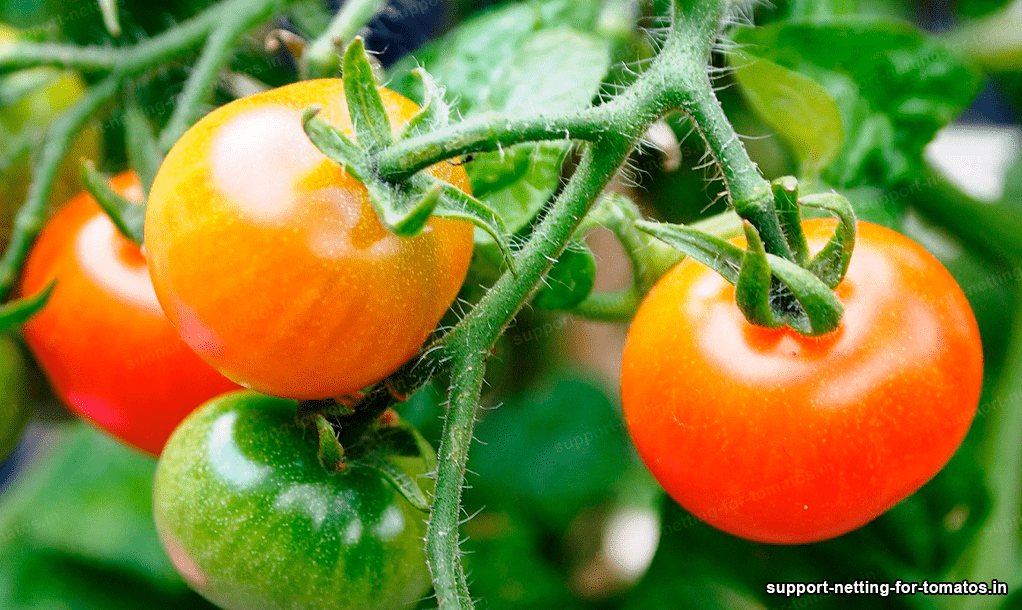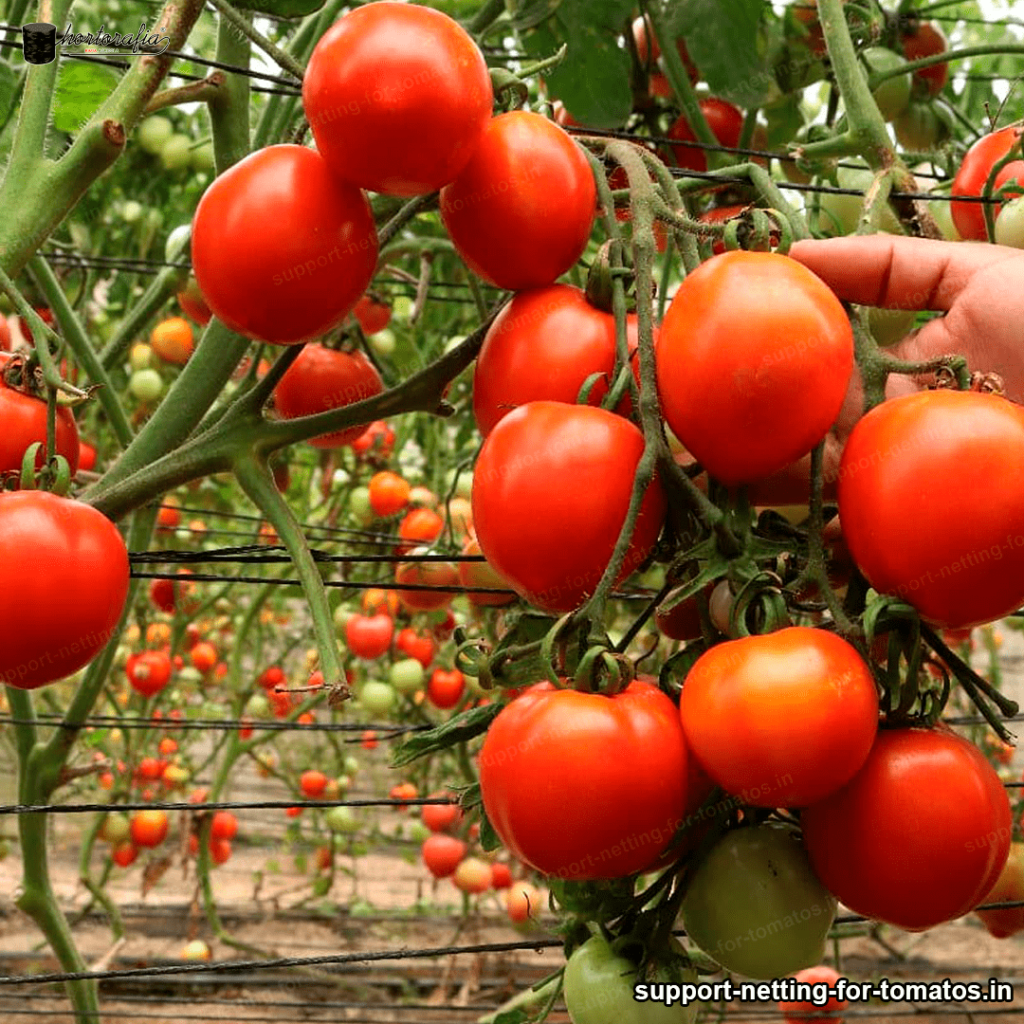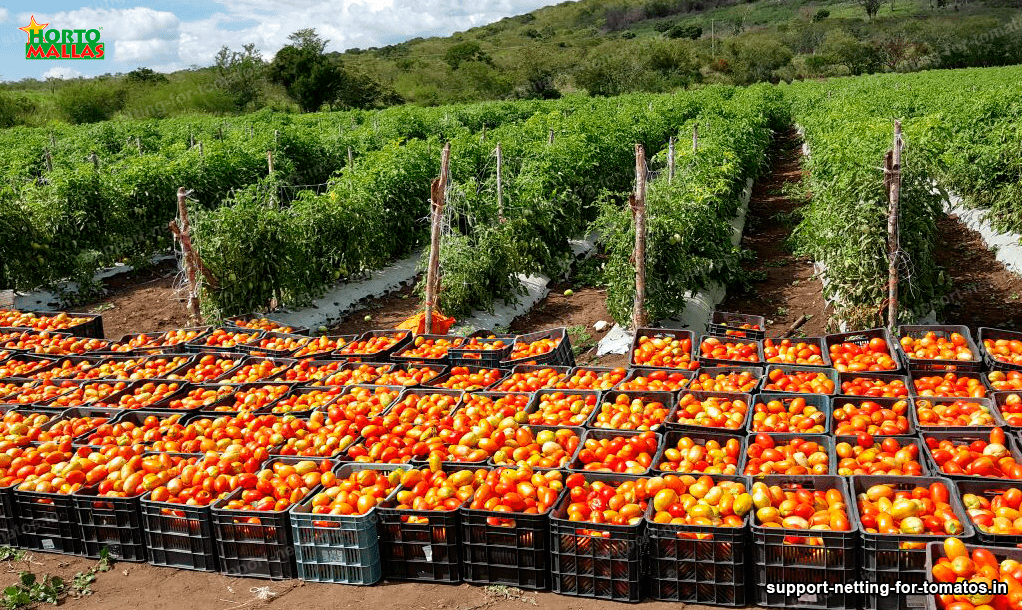Introduction
Tomato consumption in Latin America is changing significantly due to environmental challenges, globalization and technology. Consumption preferences and eating habits have changed greatly in recent years. These changes are likely to be reflect in the expanding tomato production and consumption in the region.
In recent years, tomatoes have gained popularity as a healthy and nutritious food for Latinos. This has been reflect in U.S. Department of Agriculture data. In the last decade, tomato consumption in Latin America has increased considerably. This trend is mainly due to increased access to nutritious foods and improved living conditions. Tomato consumption in the region is expect to continue to increase in the future.
Due to global warming and biodiversity loss, climate change has become a concern for the region. This could affect the way farmers produce tomatoes. Due to variability in climate, tomato farmers will have to find new ways to produce tomatoes that are resistant to drought, extreme temperatures and other climatic factors.
Another trend in the future of tomato consumption relates to technology
Technology is rapidly changing the agricultural industry. Technological advances are allowing growers to produce more tomatoes in a more sustainable manner. Tomato growers can now use robotic equipment to do tedious tasks such as irrigation and pest management, which saves them time and resources. In addition, technological advances also allow tomato growers to collect data that helps them forecast weather and agricultural challenges. These tools are helping growers increase their tomato production and quality in a sustainable manner.
In addition to technological advances, global trade and globalization are contributing to the future of tomato consumption in the region. Due to increased trade, the region is increasing its production and consumption of tomatoes. This has made tomatoes more readily available to consumers. This trend has also created opportunities for tomato growers to export their products to other countries. This helps farmers earn additional income from the sale of their tomatoes.
The future of tomato consumption in Latin America is promising. Investments in technologies, sustainable agriculture and international trade are helping to improve tomato production and consumption in the region. Tomato growers are finding new ways to produce tomatoes more sustainably. In addition, globalization and international trade are enabling farmers to earn additional income and increase their income. These trends will contribute to the future of tomato consumption in Latin America.

Tomatoes have been an integral part of the diet in many parts of the world for centuries
But their consumption has increased significantly in recent years. According to experts, this is mainly due to increased awareness of the health benefits that eating this food can offer. It is loaded with vitamins, minerals and beneficial antioxidants, such as vitamin A and lycopene.
A study conducted by the University of California at Davis showed that U.S. consumption of tomatoes has increased 40 percent since 1990. This is due in part to the increased availability and growing popularity of nutrient-rich foods. As a result, supermarkets and other retailers now offer a wide variety of tomatoes in all sizes and shapes, from cherry tomatoes to large slicing tomatoes. Another reason tomato consumption has risen significantly is the growing popularity of healthy eating. People’s growing health consciousness has led to an increase in the number of vegetarian and veggie dishes. Tomatoes are often included in vegetarian dishes as part of a healthy diet. This has contributed to an increase in tomato consumption.
Of course, the increase in tomato consumption is also due to the variety of ways it can be enjoyed
Tomatoes are versatile and can be cooked in many different ways. From rich sauces and refreshing juices to crisp salads and delicious pizzas, there are plenty of delicious dishes that can be prepared with tomatoes. This has made it easier to incorporate tomatoes into a family’s diet. In addition, the increase in tomato consumption can be attributed to the growing innovation in food production. Food engineering technology has enabled farmers to create tomato varieties that are more resistant to diseases and pests. This has resulted in a greater supply of tomatoes for retailers and at a lower price; this, in turn, has contributed to the popularity and increased consumption of tomatoes.
Tomato consumption has increased significantly in recent years due to increased awareness of the health benefits, increased availability of tomatoes, the growing popularity of healthy eating, the versatility of tomatoes, and increasing innovation in food production. These factors have contributed to the increase in tomato consumption across the board.

Importance of tomato consumption in Latin America
This vegetable is not only part of traditional dishes such as salad, but is also a fundamental part of fast food and high-performance cooking. This is due to the versatility of tomatoes: in Latin America, you can find dried, raw, bound and seasoned varieties, each with a different flavor.
First of all, tomato consumption in Latin America is important to maintain a balanced diet. Since tomatoes are rich in fruits and vegetables, they provide a good basis for a healthy diet. In addition, tomato is a good source of minerals, such as potassium and iron, as well as vitamins A and C. This means that tomato-containing foods contribute to a recommended daily intake of essential nutrients.
Also, a diet with adequate tomato consumption has also been shown to be an effective way to combat and prevent obesity and diabetes. The high nutrient content, along with the low carbohydrate content of tomatoes, contributes to maintaining a healthy weight. Tomatoes also contain phytonutrients such as ellagic acid, which can help lower blood glucose levels.
One of the most important reasons for tomato consumption in Latin America is its role in the prevention of cardiovascular and heart disease
Ellagic acid may also help improve cardiovascular health by lowering blood cholesterol and triglyceride levels. This can help prevent heart-related diseases such as coronary artery disease and high blood pressure.
Finally, the last benefit of tomato consumption in Latin America is its role in cancer prevention. Tomato consumption is a way to obtain a large amount of antioxidants. These antioxidants help fight free radicals in our body, which can damage our cells and increase the risk of developing diseases, such as cancer. Tomatoes also contain folic acid, a nutrient known to help reduce the risk of colon cancer.
Tomatoes are an integral part of the Latin American diet. These beneficial foods contribute to both a healthy diet and reduce the risk of developing diseases. It is important to note that a balanced diet should include a wide variety of fruits and vegetables, such as tomatoes, to take advantage of the many health benefits they offer. Taking these benefits into account, it is essential to include tomatoes in the diet to take advantage of all the nutrients and benefits they offer.
